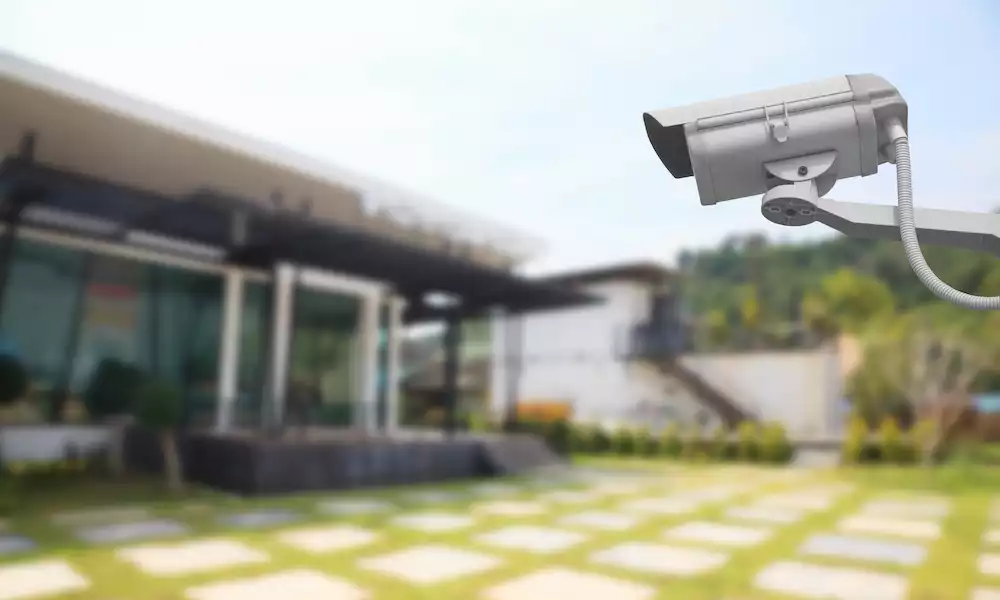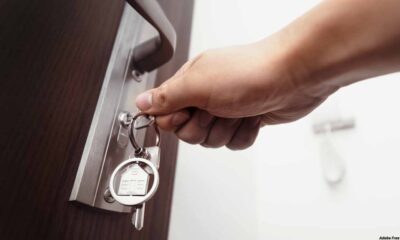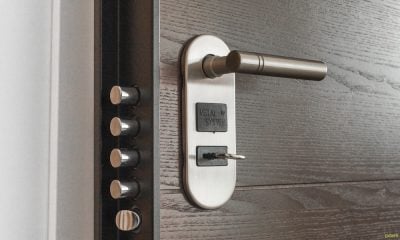Insurance
Why And How To Install CCTV Cameras At Home

The installation of CCTV cameras in homes has become increasingly popular in recent years due to growing concerns about security.
Cameras give homeowners a sense of safety and peace of mind, as they can monitor their property and deter potential intruders.
Using a smartphone or computer, homeowners can check their cameras anytime and from anywhere, allowing them to keep an eye on their property even when they are away. This feature particularly benefits those who travel frequently or own vacation homes.
Detering opportunistic burglars is a valid reason for having the cameras. They will think twice before attempting to break into a home, as they know their actions will be recorded and could be used as evidence against them. This added layer of security can provide homeowners with peace of mind and help prevent break-ins from occurring in the first place.
Pros for CCTV
Let’s look at these benefits and more too, for installing CCTV cameras at home.
Deterrence
CCTV cameras act as a powerful deterrent to potential intruders or criminals. Knowing that they are being monitored can discourage them from attempting to break into your home or commit any other crimes on your property.
Evidence
In the unfortunate event that a crime does occur, CCTV footage can provide valuable evidence to the police and help them identify the culprit. This can increase the chances of a successful prosecution and help to bring the perpetrator to justice.
Remote Monitoring
Many modern CCTV systems allow you to monitor your home remotely using your smartphone or other devices. This means you can keep an eye on your property even when you’re not there, giving you peace of mind and added security.
Insurance premiums
Some insurance companies offer discounts on home insurance premiums for properties with CCTV systems installed. This is because CCTV cameras can reduce the risk of theft and damage, making your home a lower risk for insurers.
Child Safety
CCTV cameras can also monitor children and ensure their safety when playing or being looked after by a babysitter or nanny.
Home CCTV Installation
Before installing CCTV cameras at home, it is crucial to plan the installation process to ensure maximum coverage and security.
Planning for CCTV Cameras
The first step in planning your home CCTV installation is to determine the purpose of the cameras. Do you want to monitor the front door, the backyard, or both?
Do you want to use the cameras for security or surveillance? Answering these questions will help you determine the number of cameras you need and their placement.
Selecting CCTV Cameras
There are different types of CCTV cameras available in the market, including dome, bullet, and PTZ cameras. Dome cameras offer 360-degree coverage and are ideal for indoor use, while bullet cameras are best suited for outdoor use and offer a long-range view. PTZ (pan-tilt-zoom) cameras are versatile and can be controlled remotely to move and zoom in on specific areas.
Camera Placement
The placement of CCTV cameras is crucial for maximum coverage and security. Consider areas vulnerable to break-ins, such as doors, windows, and garages. Also, think about areas that may not be visible from the street, such as backyards and side entrances. It is essential to ensure that the cameras cover all entry points and provide clear footage.
Lighting and Power Requirements
CCTV cameras require power and lighting to function properly. Consider the power source for the cameras, whether they will be hardwired or battery-powered. Also, ensure that the cameras have adequate lighting to capture clear footage, especially at night
Installing the cameras
Follow the manufacturer’s instructions carefully. You may need to drill holes, run cables, and mount the cameras.
Connecting the cameras
Once the cameras are installed, you must connect them to the recording device. You can use a wired or wireless connection. You should test the cameras to ensure that they are functioning correctly.
Configure the system
After connecting the cameras, you need to configure the system. You should set up the recording schedule, motion detection, and alerts. You should also set up remote access to view the cameras from your smartphone or computer.
Summing Up
CCTV cameras are an effective tool in preventing crime and capturing evidence during a break-in.
When selecting a CCTV system, choosing one that meets the home’s specific needs is essential. Factors such as camera resolution, storage capacity, and remote access should be considered.
It is also important to ensure that the cameras are installed correctly and in compliance with local laws and regulations. Homeowners should consult with a professional installer or do thorough research before installing the cameras.
Overall, while CCTV cameras may not be the only solution for home security, they can be a valuable addition to a comprehensive security plan.






